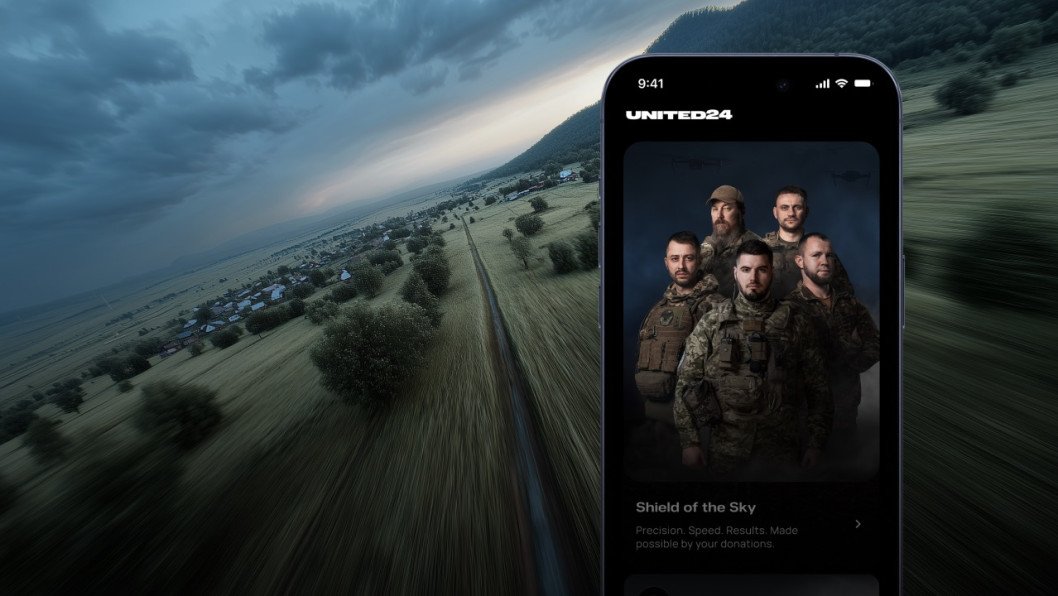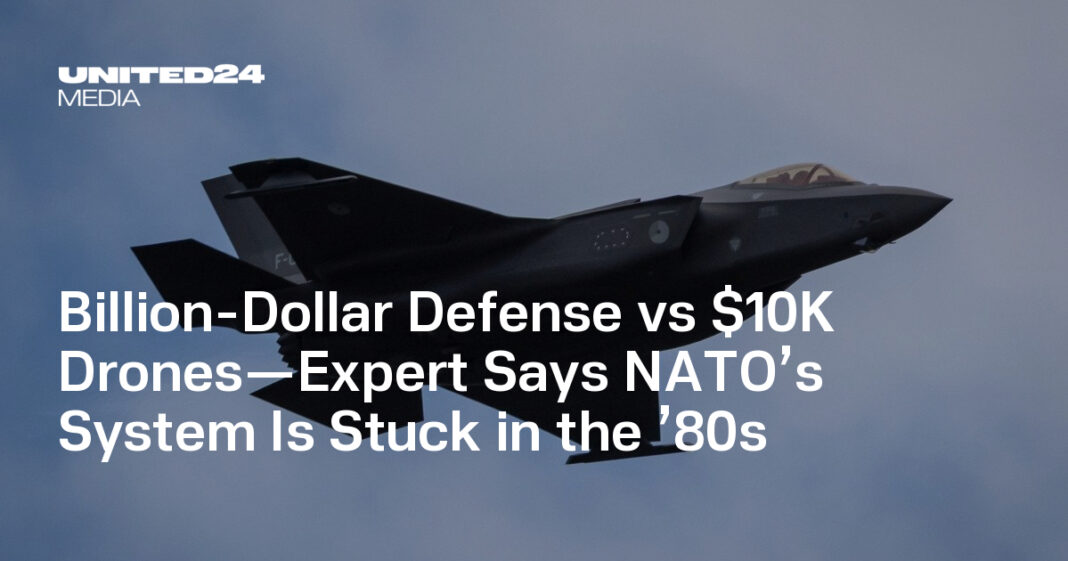Nearly two dozen Russian drones crossed into Polish airspace last week, raising questions about NATO’s ability to counter low-cost unmanned systems.
According to CNN on September 21, the alliance’s response was effective in neutralizing the threat, but it came at an unsustainable cost.
CNN reported that Ukrainian intelligence estimates the Russian “Gerbera” drones used in the incident cost about $10,000 each. By contrast, NATO scrambled advanced aircraft and air defense systems worth millions of dollars to intercept them.
Robert Tollast, a researcher at the London-based Royal United Services Institute (RUSI), told CNN: “Asymmetry of cost does not work.” He noted that while the defense was successful, the price exceeded $1 billion, making such responses impractical on a regular basis.
The report also pointed to structural weaknesses in NATO’s procurement approach. Johannes Pinl, chief executive of the defense technology firm MARSS, told CNN that much of the alliance’s acquisition process remains “at the level of the 1980s.”
He argued that modern counter-drone solutions, such as artificial-intelligence-enabled interceptors, are already in use in the private sector but have not yet been formally adopted within NATO systems.
Experts highlighted the concept of a “drone wall”—a layered detection and interception network—as a more cost-effective solution. Pinl said that large sections of Poland’s border could already be protected with such systems, which are being actively promoted in the Baltic states and recently endorsed by European Union officials.
Tollast emphasized the importance of combining expensive systems such as F-35 jets and Patriot batteries with cheaper interceptors.
“One of the key lessons people have taken from Ukraine is simply to experiment,” he said in remarks to CNN. Ukrainian experience, he added, shows that lower-end technologies can provide critical data and resilience when integrated into broader defense structures.
Despite these recommendations, scale remains a challenge. CNN cited Ukrainian defense intelligence assessments from July estimating that Russia is currently producing 5,500 drones per month, including both the “Geran” variant of Iran’s Shahed and the cheaper Gerbera model.
Earlier, President Volodymyr Zelenskyy called for a joint air defense system involving Ukraine, Poland, and Romania, stressing that decisions on intercepting Russian drones should be made collectively to protect all three countries.

First Appeared on
Source link




